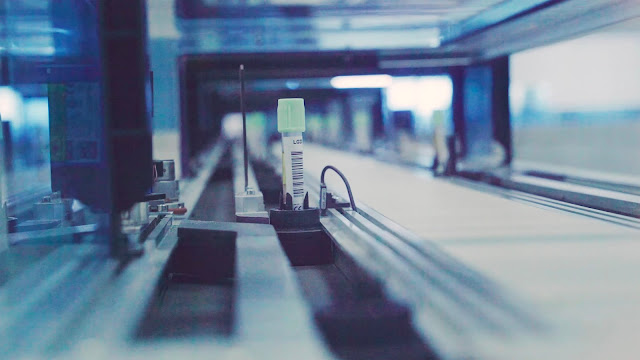Avoiding Scope Creep in Lab Automation Projects
When fine-tuning your automation project and any automated scheduling software, you’re bound to encounter some scope creep along the way. Scope creep highlights the uncontrolled changes that occur within a lab automation project’s scope, swelling the amount of work associated with a project, adding time and costs to the project. Especially if you’re a smaller lab with an airtight budget, scope creep can put you in a very compromising position.
How does scope creep occur, and how can you avoid it as you try to improve project efficiency as much as possible? Using automation scheduling software may help
How Does Scope Creep Happen?
Scope creep occurs when you don’t collaborate well with your customers at the start of your project. Objectives were not properly defined, and its scope lacked clarity, causing a disconnect that led to the project lasting longer and costing more than initially estimated.
It’s crucial to press customers consistently yet diplomatically to clearly define what they want for a project and establish formidable solutions. Customers often struggle with clear ideas about what they want or the standards they’re seeking for projects. Customers may change their minds about the project requirements and widen the project scope or expect services that the lab did not initially agree to. Considering the level of work involved in lab automation projects, project participants must communicate initiatives before commencing the work.
Quick Tips To Avoid Scope Creep
Automation scheduling software and robotic process automation software, can help lab managers avoid scope creep through analysis of optimized process schedules, communicating project initiatives better, and providing clear options for the lab and customer to choose to define project expectations.
Source- https://retisoft.com/avoiding-scope-creep-in-lab-automation-projects/



Comments
Post a Comment